Chartres
Our Origins and Spirituality
Fr. Louis Chauvet received the gratuitous gift from God to start and found our congregation.
The setting was, at the end of the 17th century, France was beset with misery. Fr. Louis Chauvet who was assigned in Levesville-la-Chenard as parish priest set out a program to uplift the the human and spiritual condition of the villagers.
This was made possible through the help of Marie Anne de Tilly. Together they prepared the first teacher of the school, Marie Michaeu, the first superior and teacher and Barbe Foucault, who stayed behind in Levesville when the sisters grew in number and moved to Chartres in 1708. Mother Barbe Foucault was the first Superior General elected by her Sisters in 1717.
The Bishop of Chartres, Msgr. Paul Godet de Marais, approved and recognized the Community. The Sisters were later on given a house in the suburb of St. Maurice.
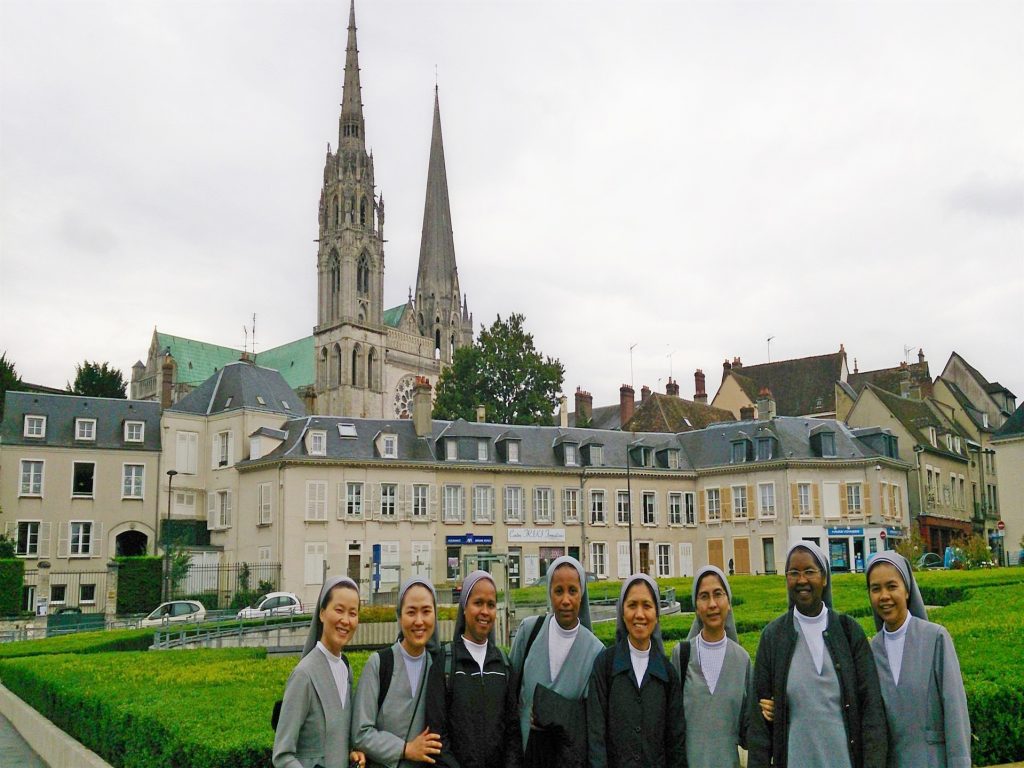
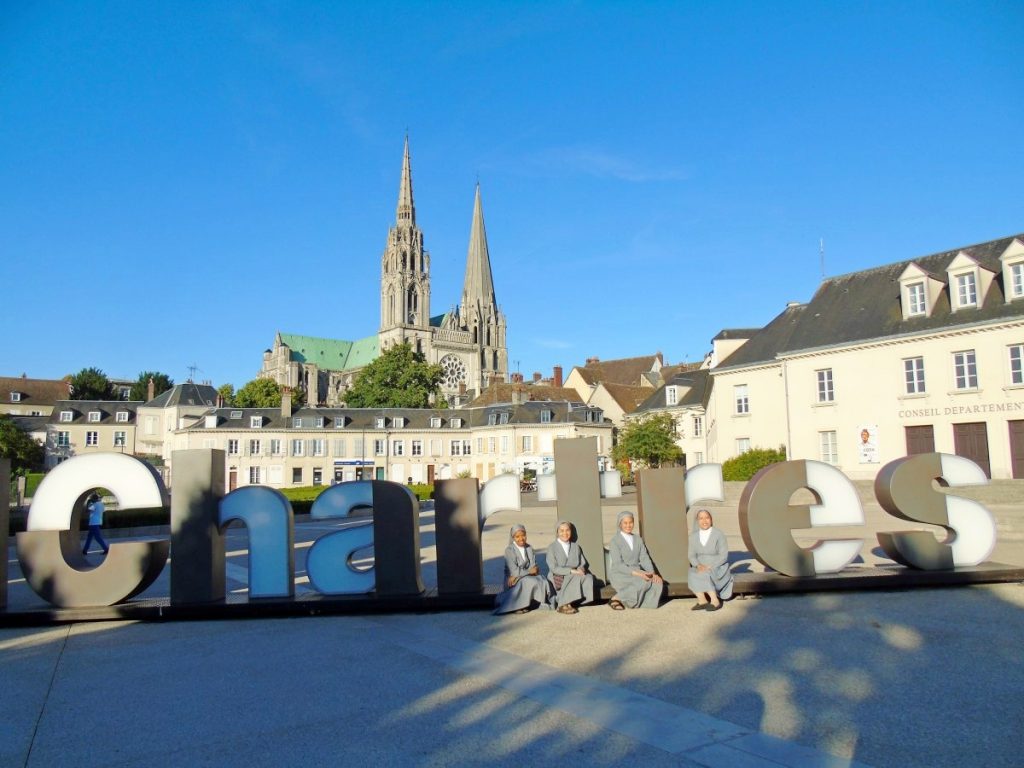
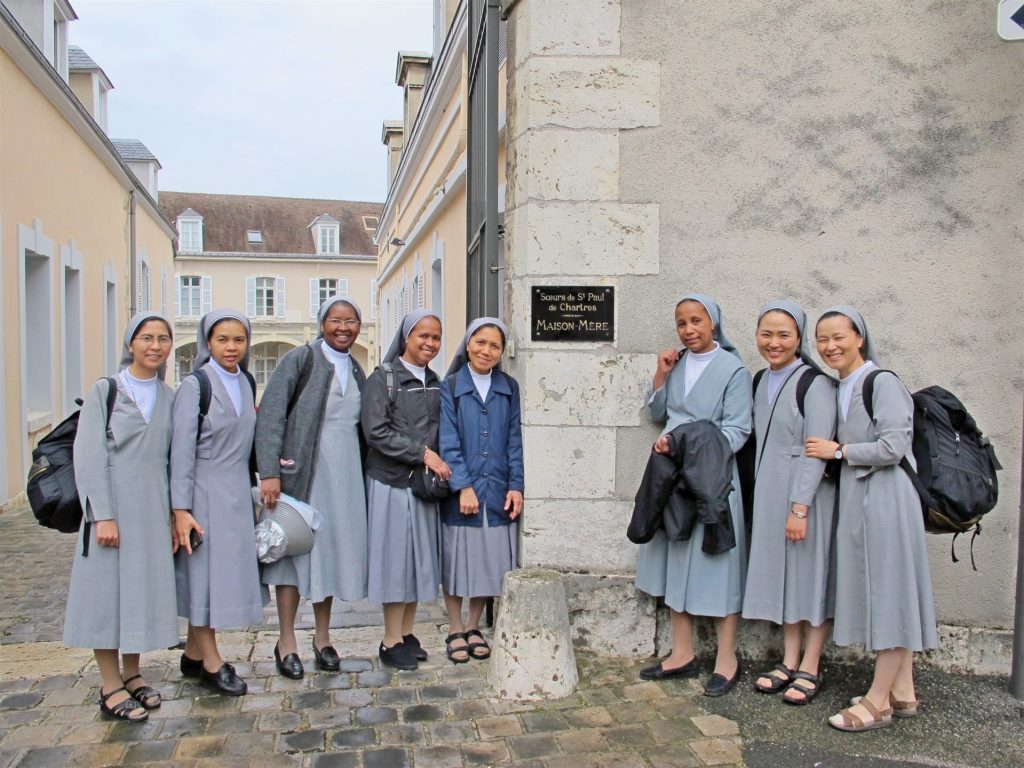
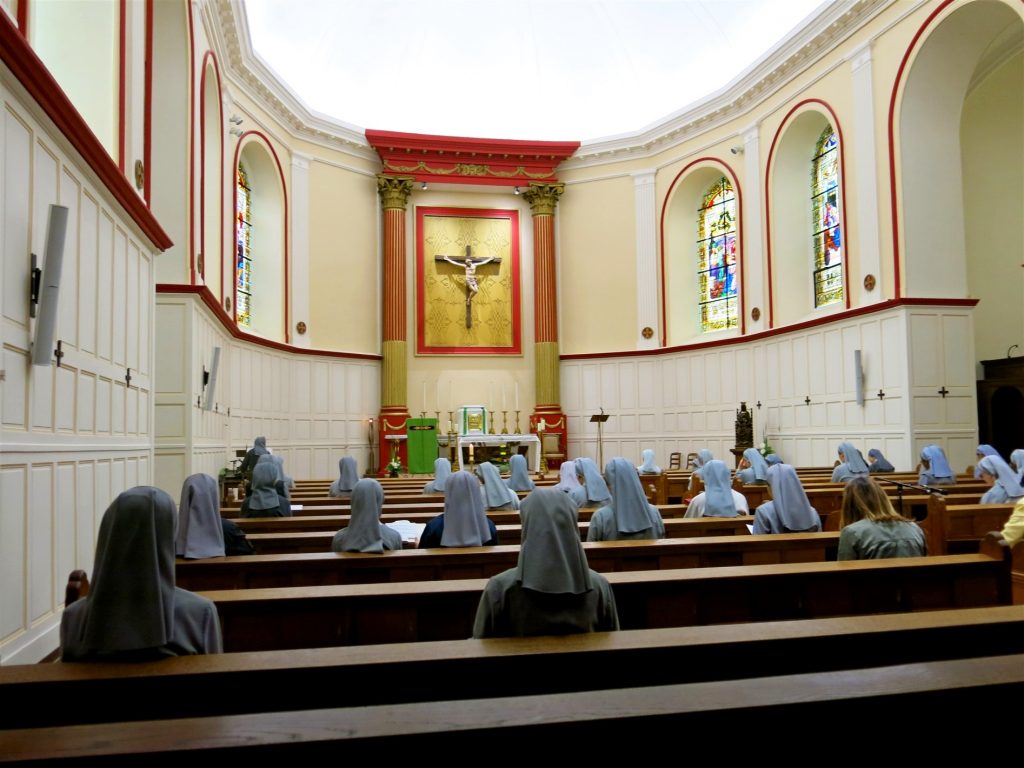
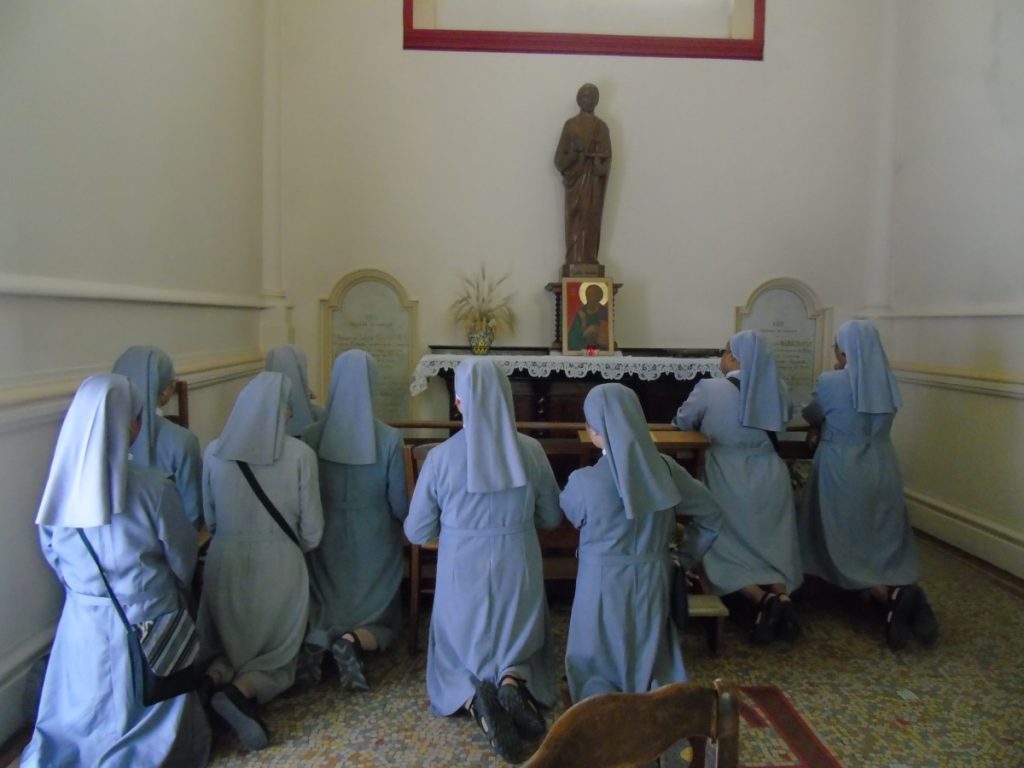
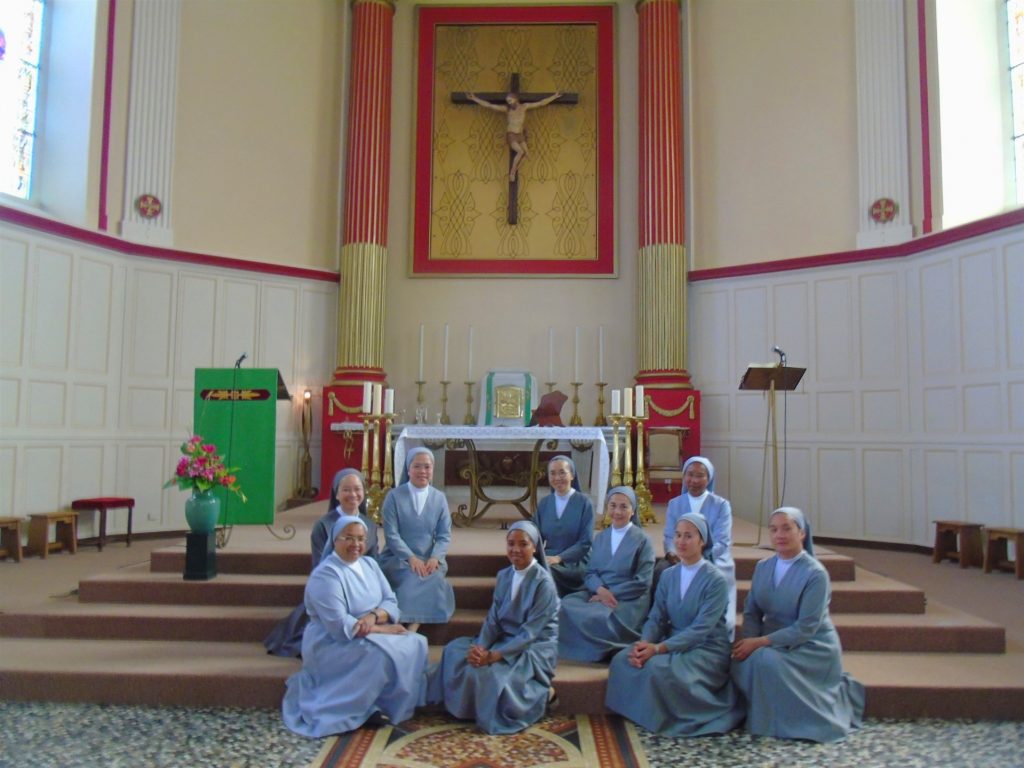
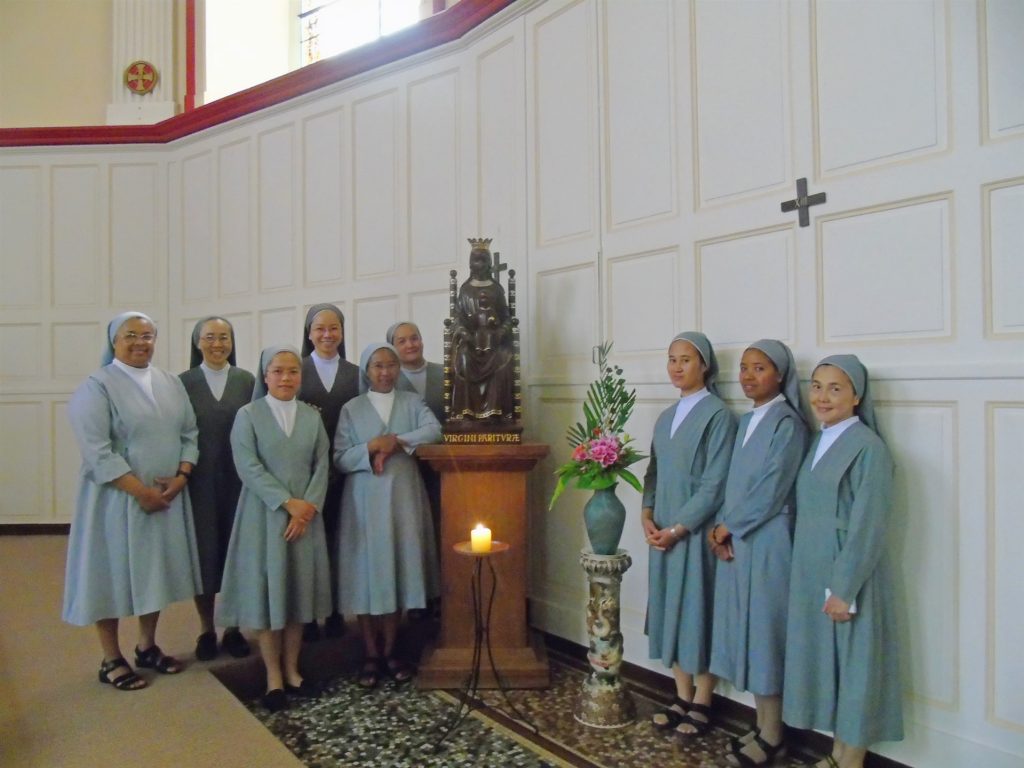
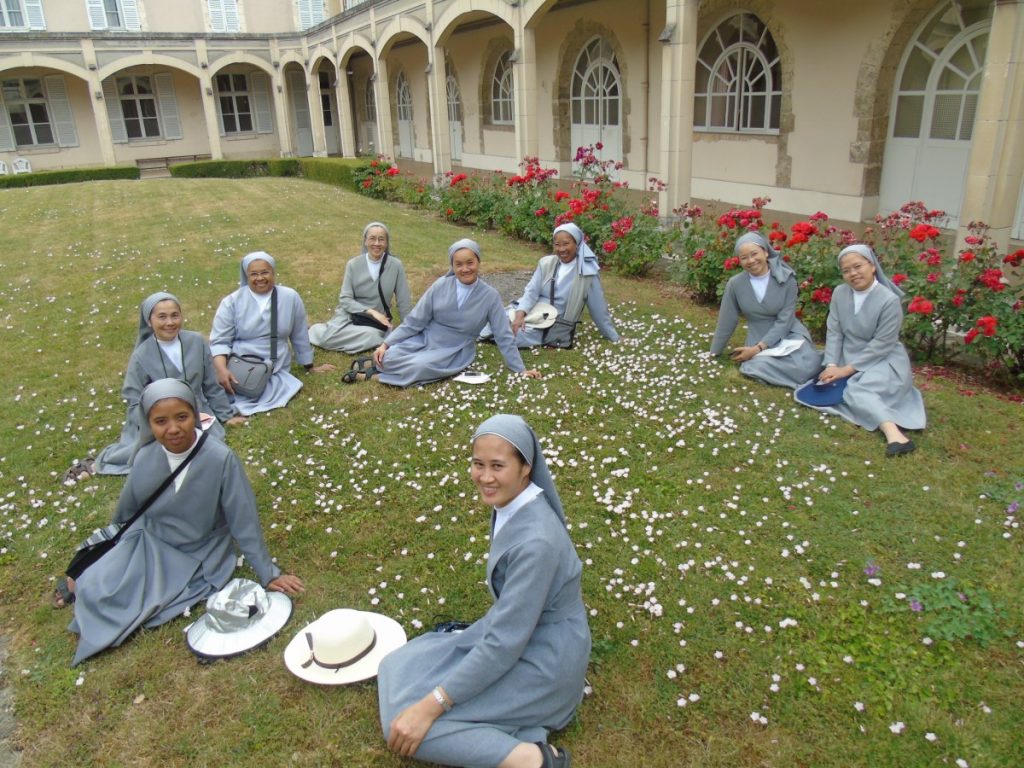
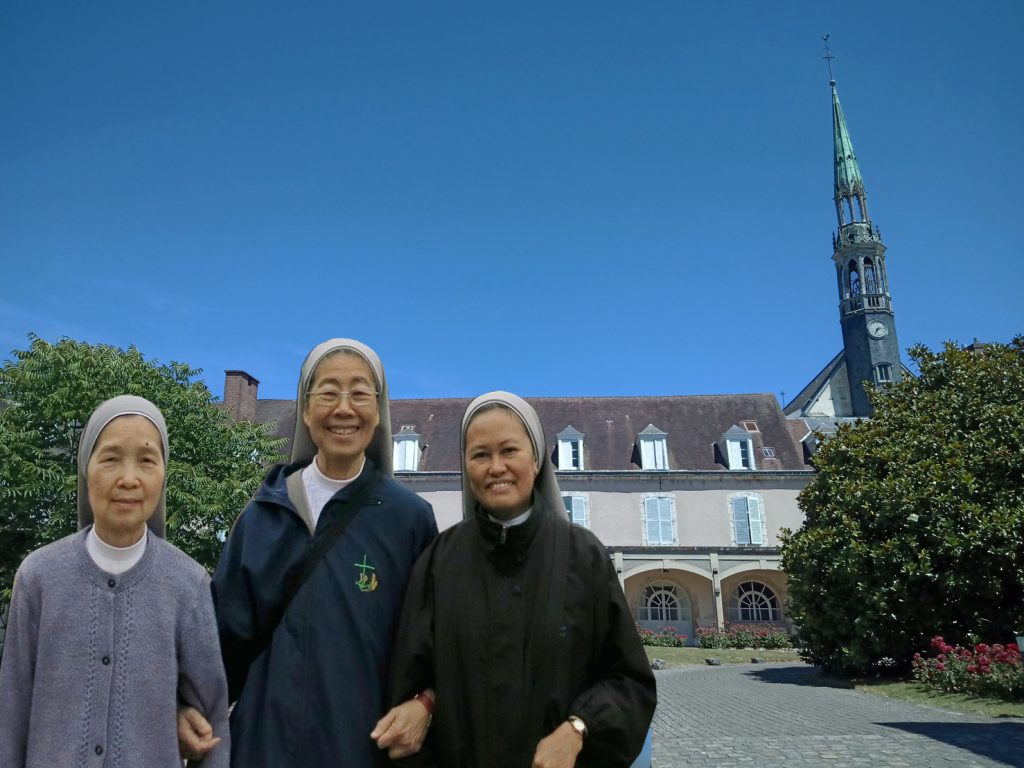
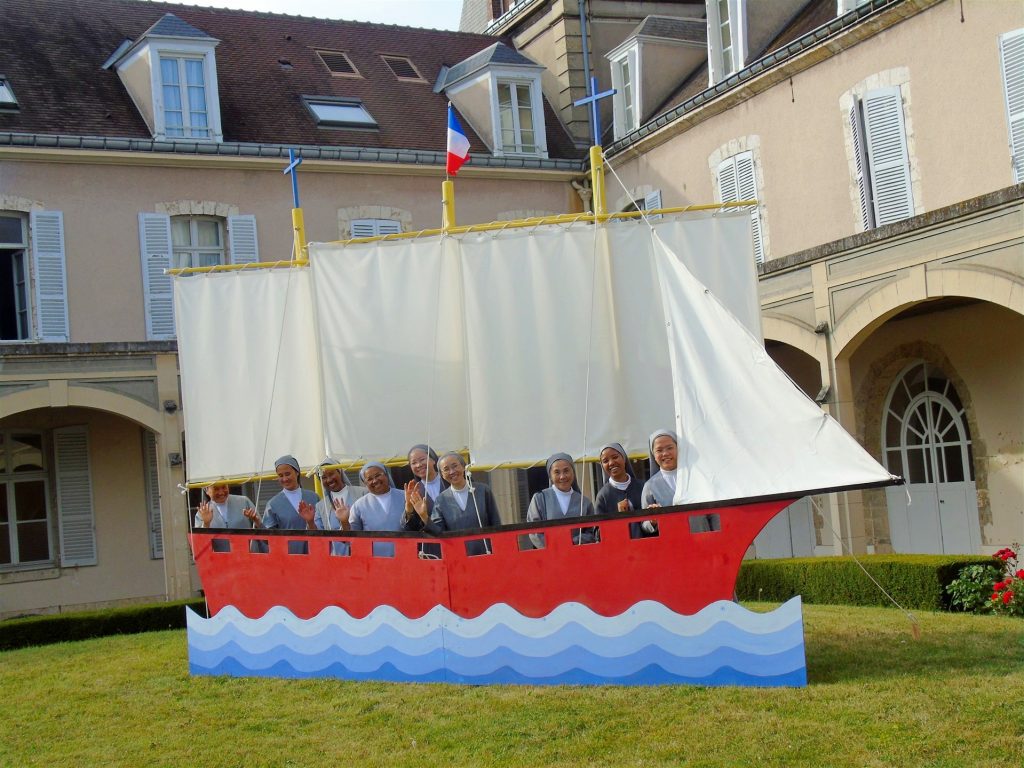
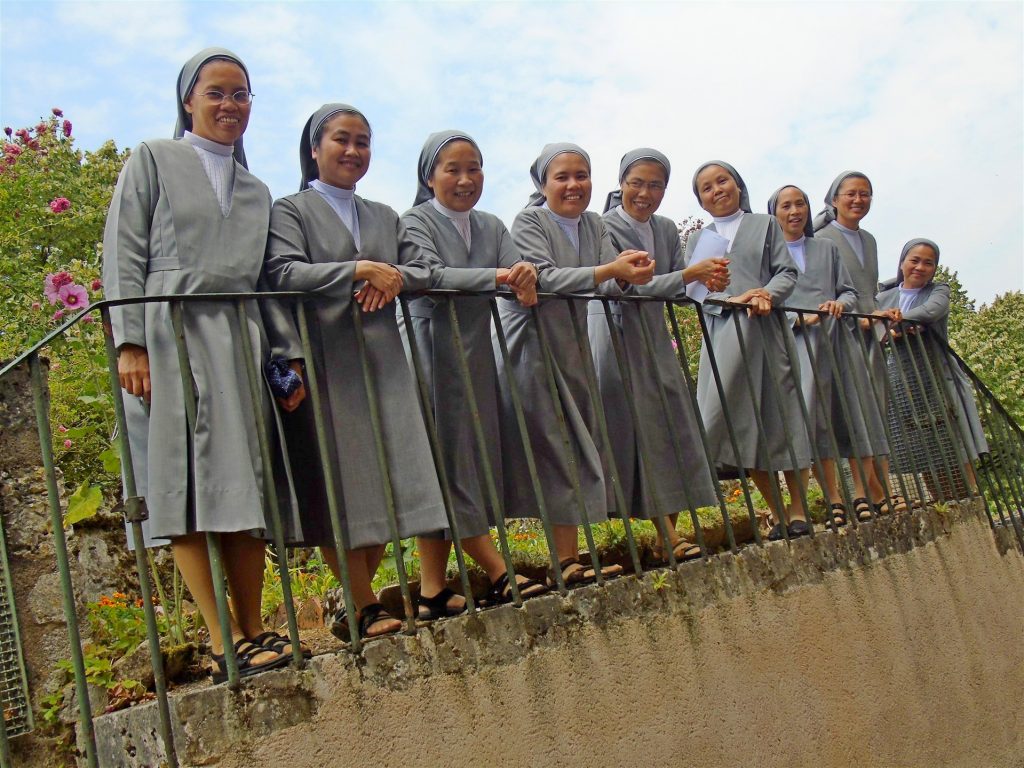
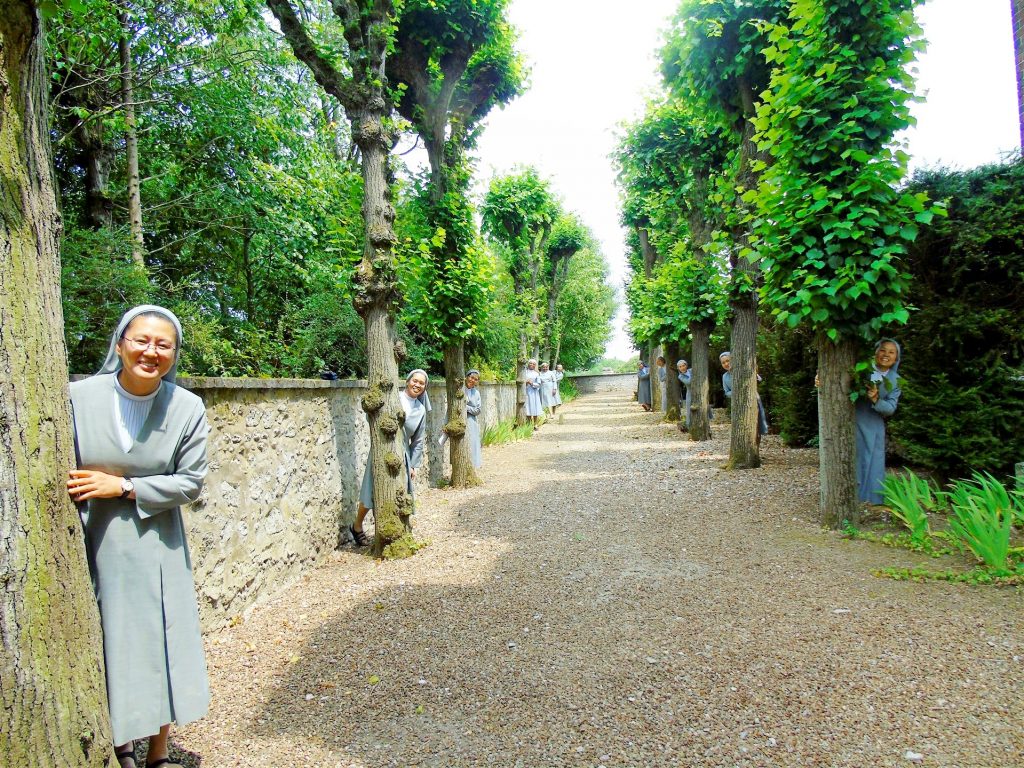
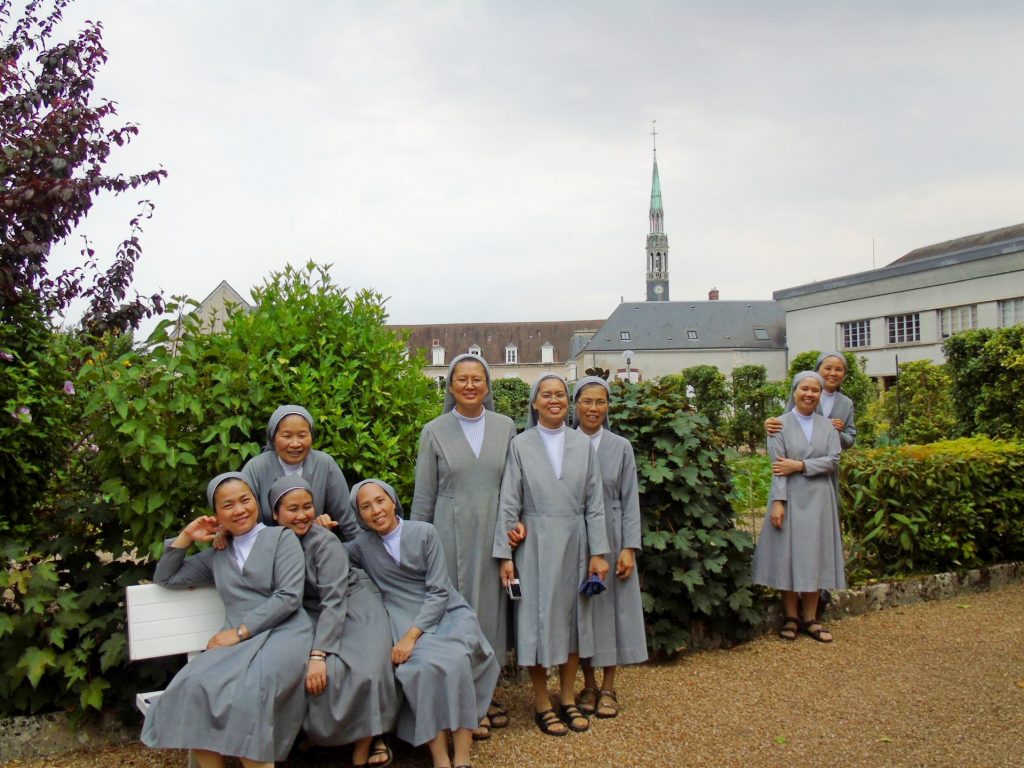
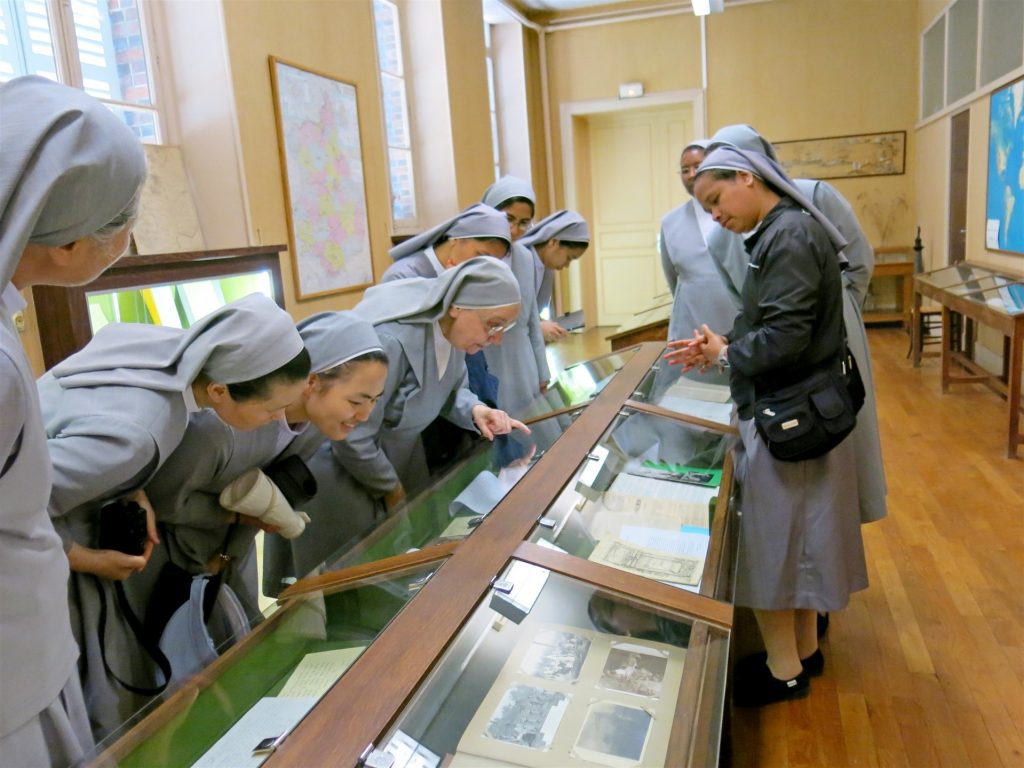
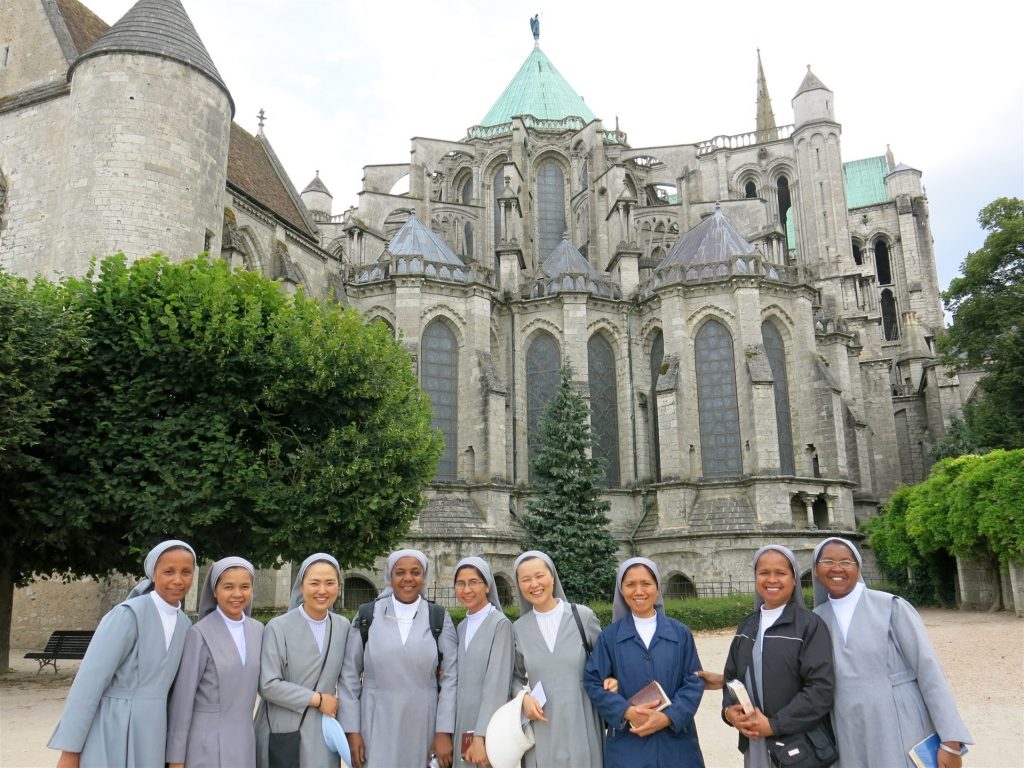
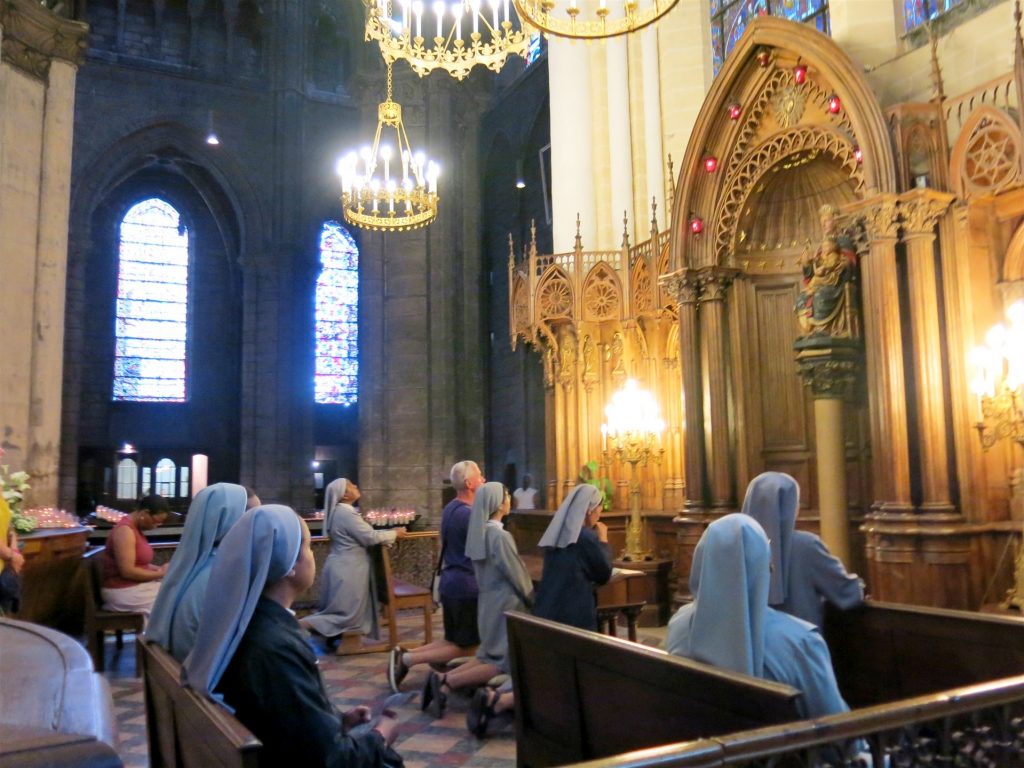
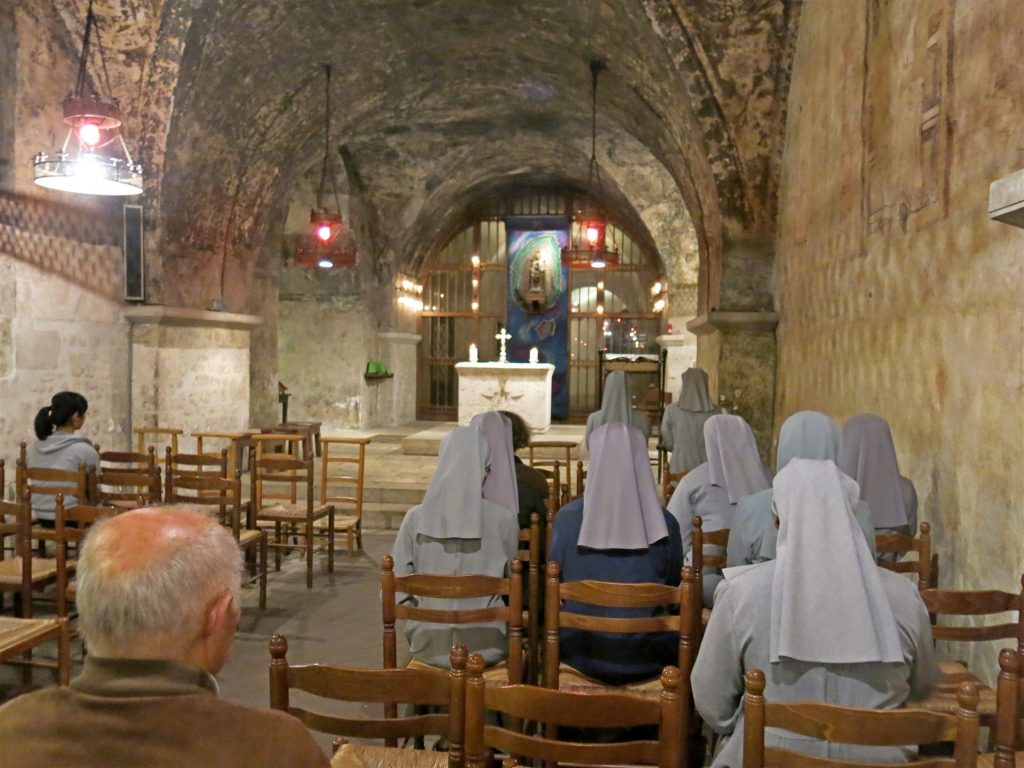
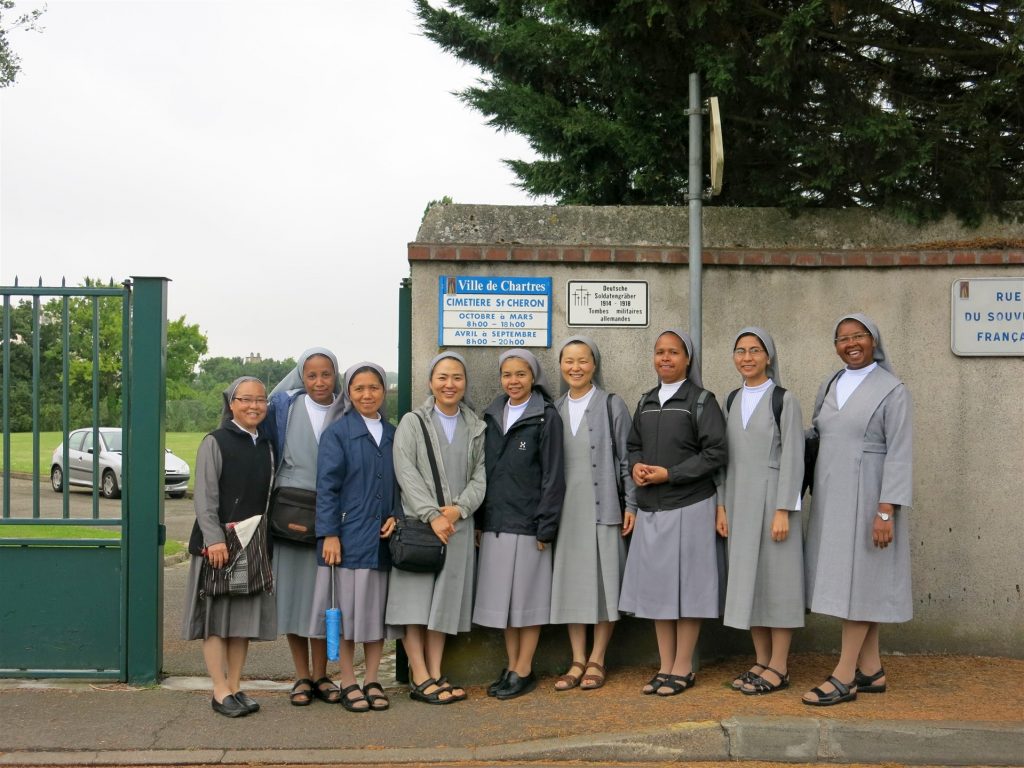
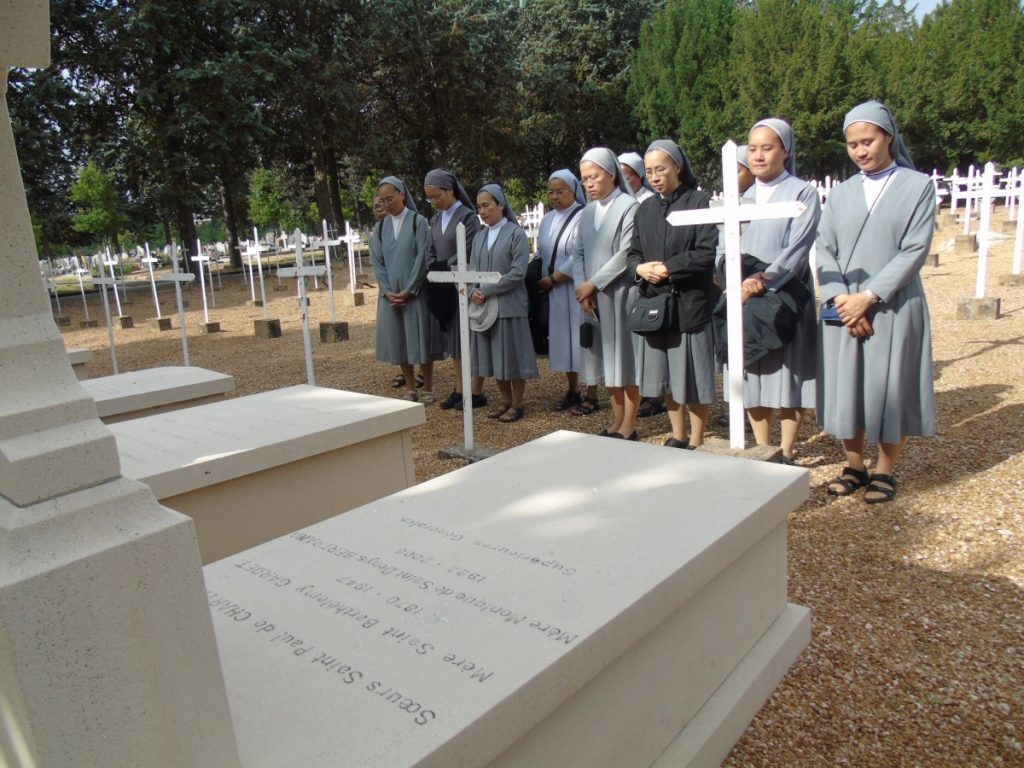
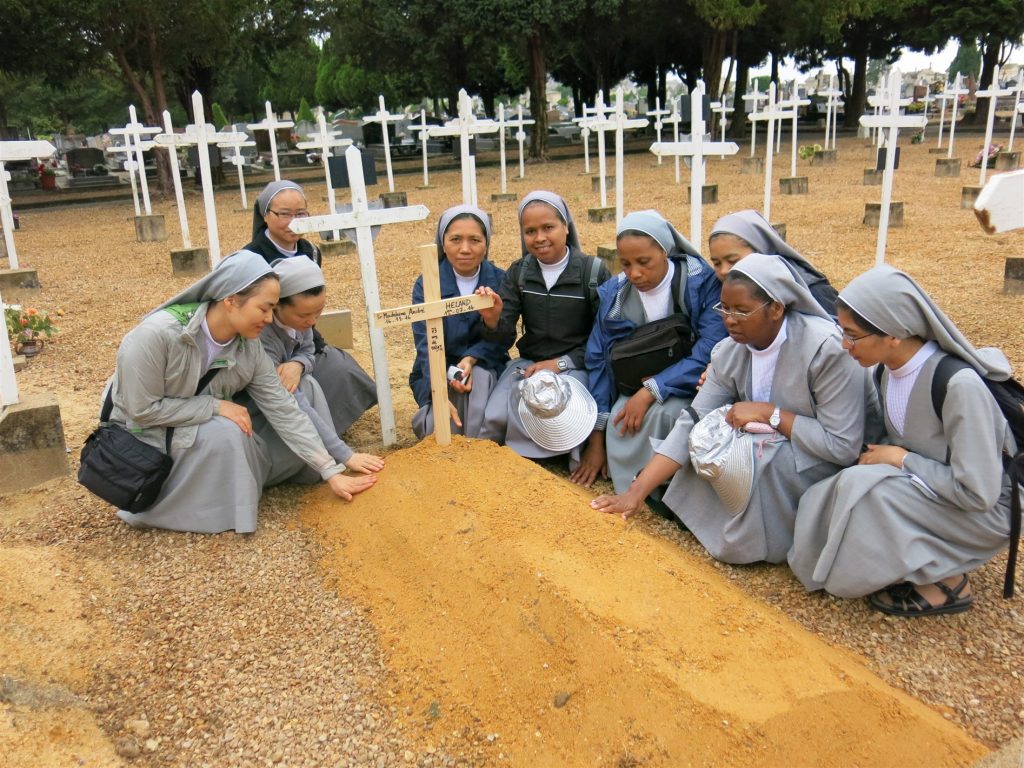
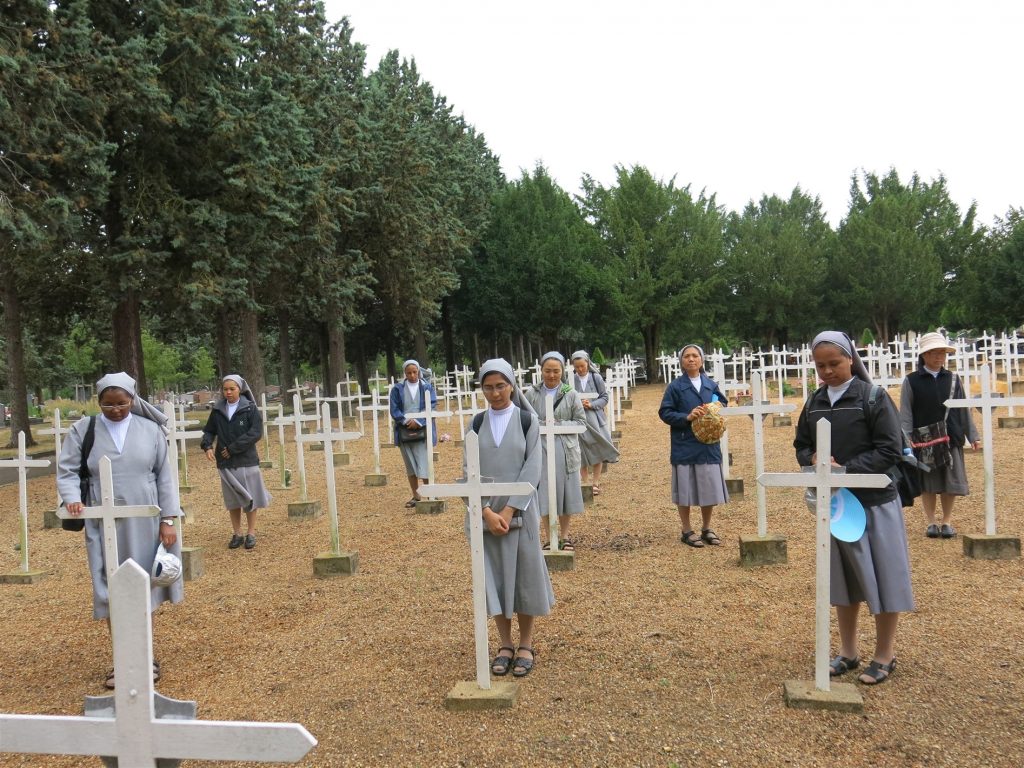
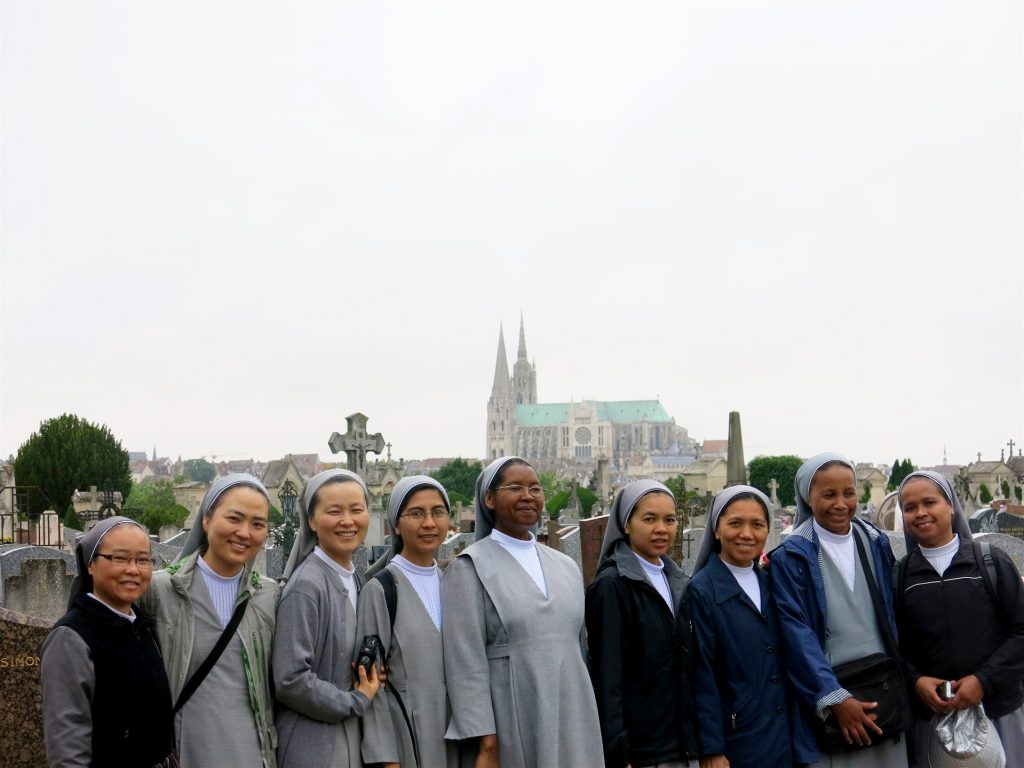
Canon Claude Marechaux was appointed “Ecclesiastical Superior.” He later on revised and completed the rules started by Fr. Louis Chauvet.
The Community of Levesville is the result of the love that comes from God and sees in everyone a creature of God. Redeemed by Jesus Christ. The initiative of love is in God. He alone can bring forth this absolute gift. He alone challenges, requests and begs for love, more still, he gives the grace with which to respond while respecting the basic freedom of every human being. 2 RTE p.17
The Sisters of St. Paul are therefore Sisters of Charity striving toward the perfection of charity. Our first sisters lived out this gift, they have passed it on to the next generation, and in our century, we ourselves have received it.
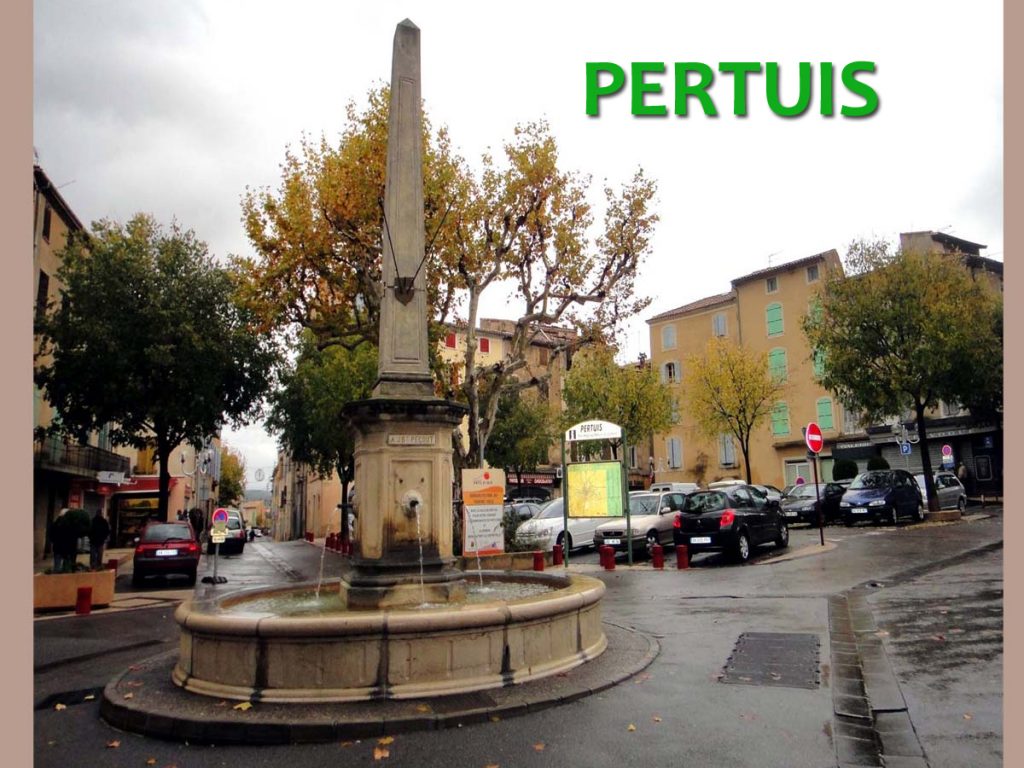
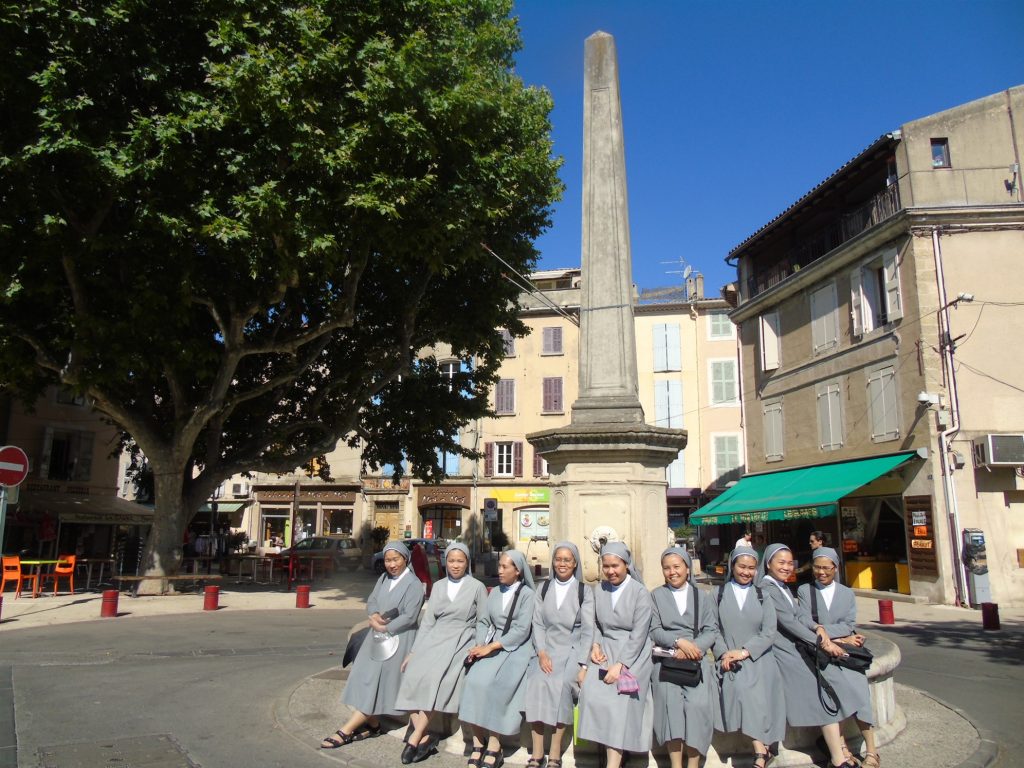
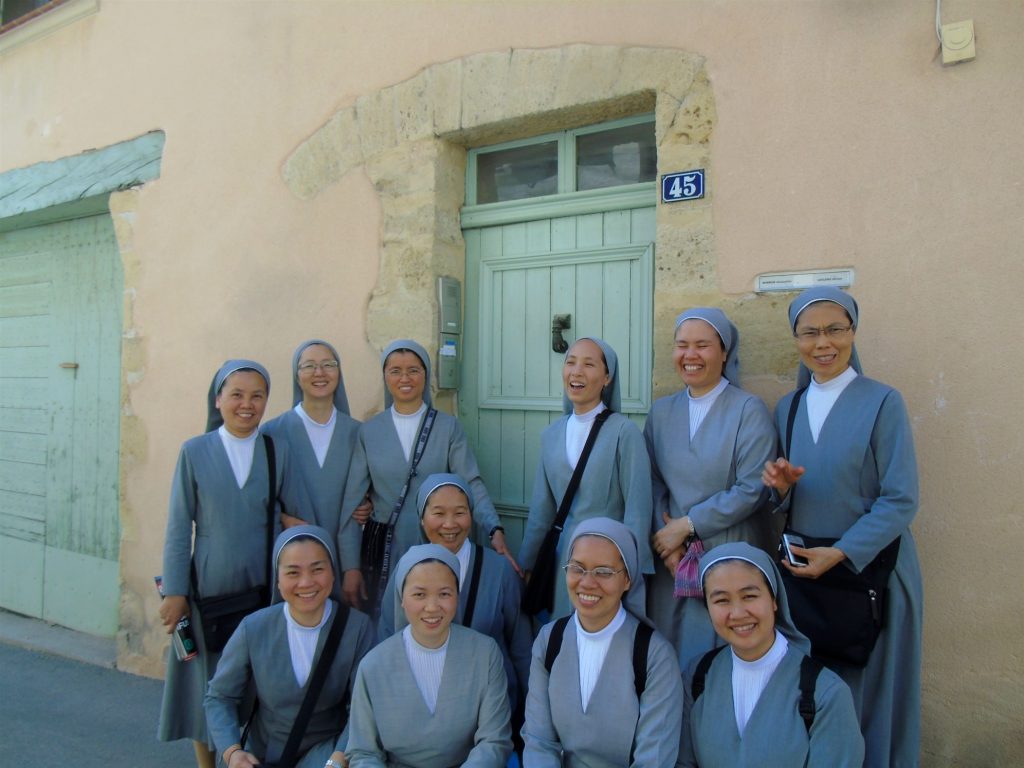
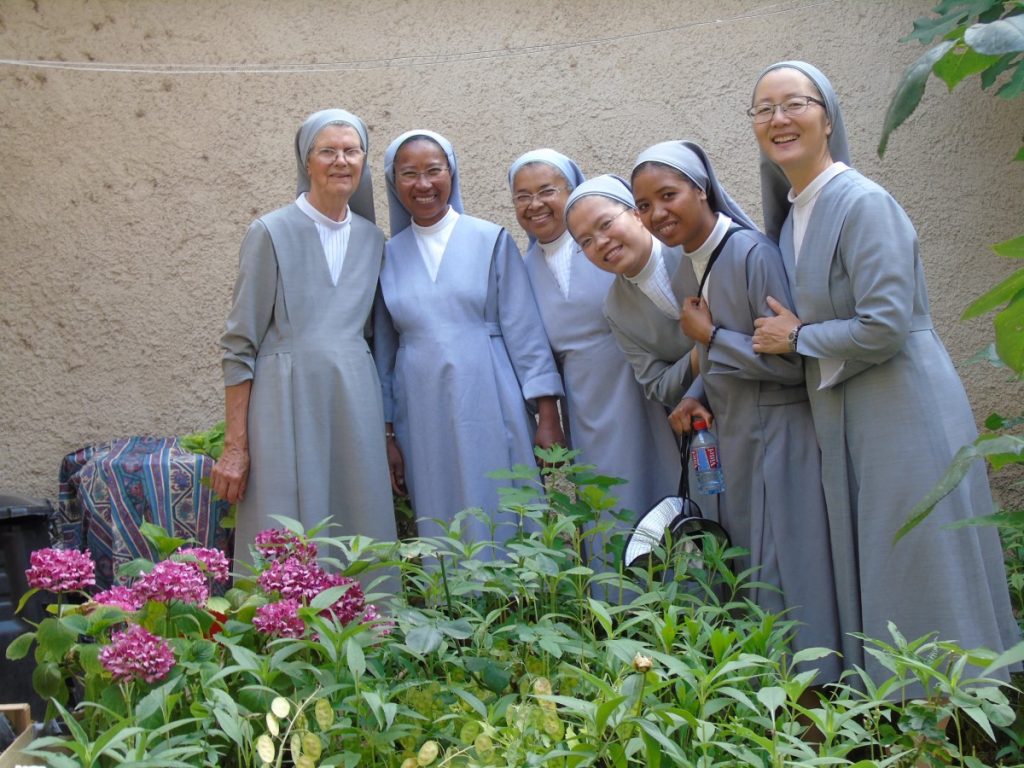
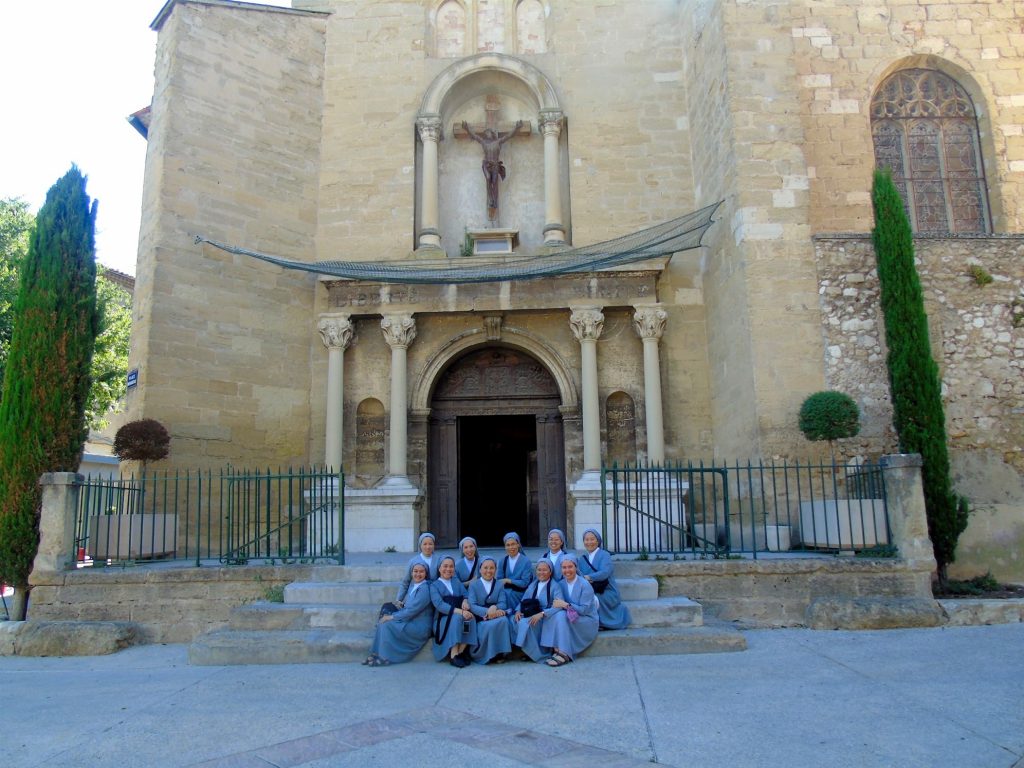
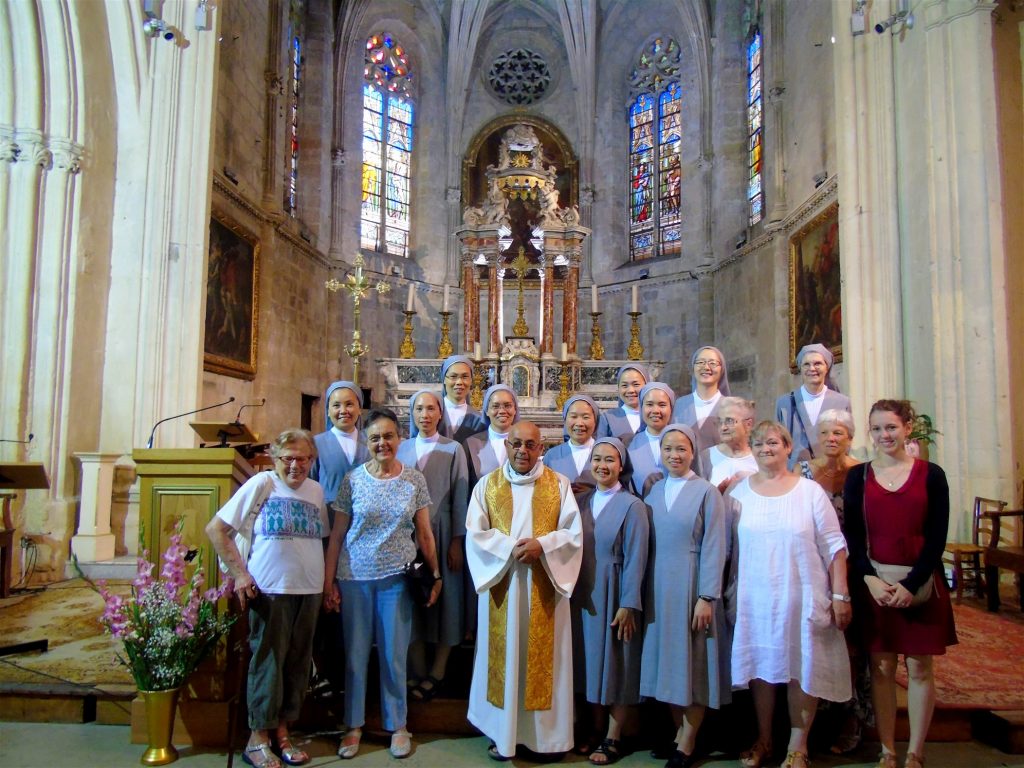
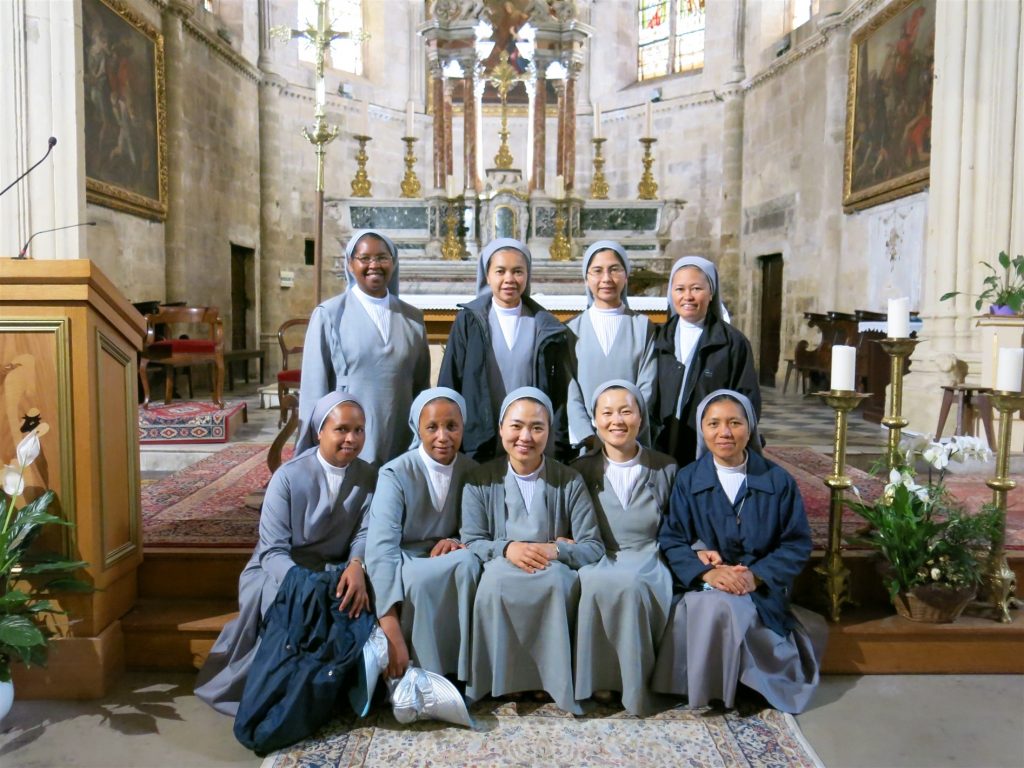
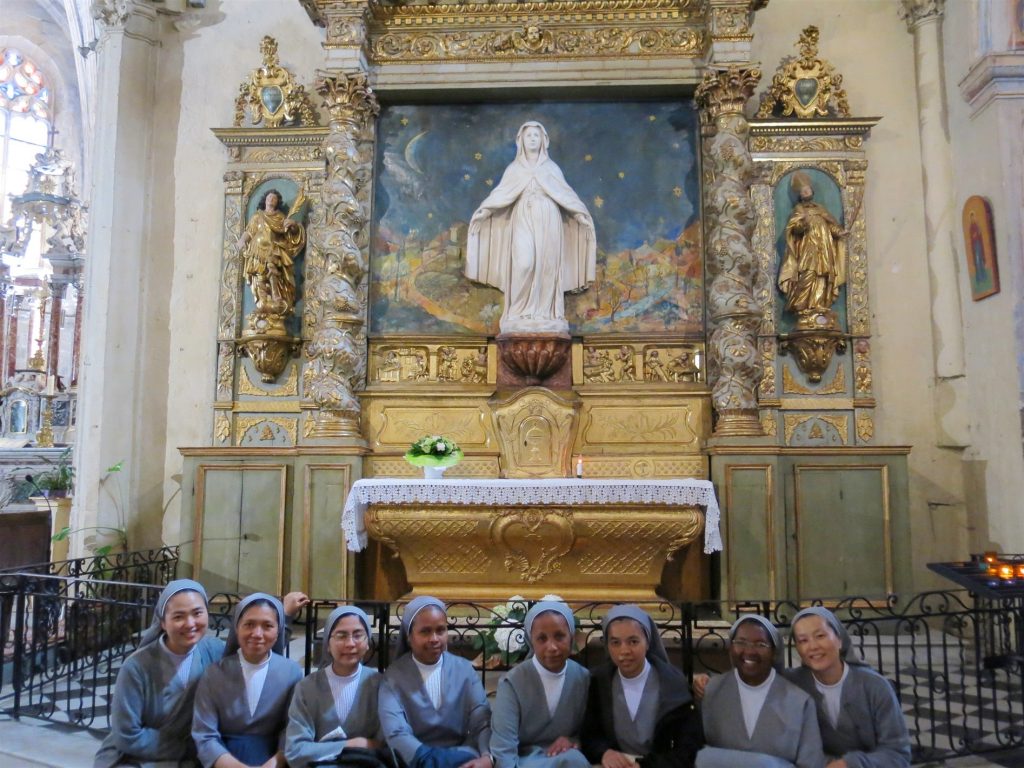
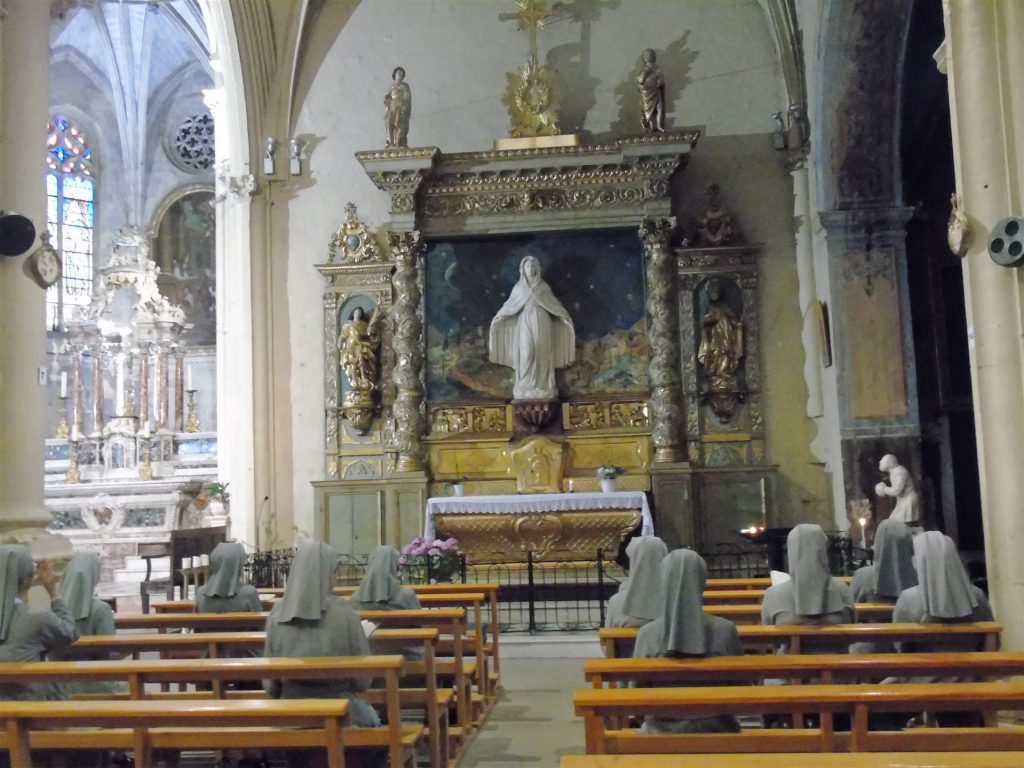
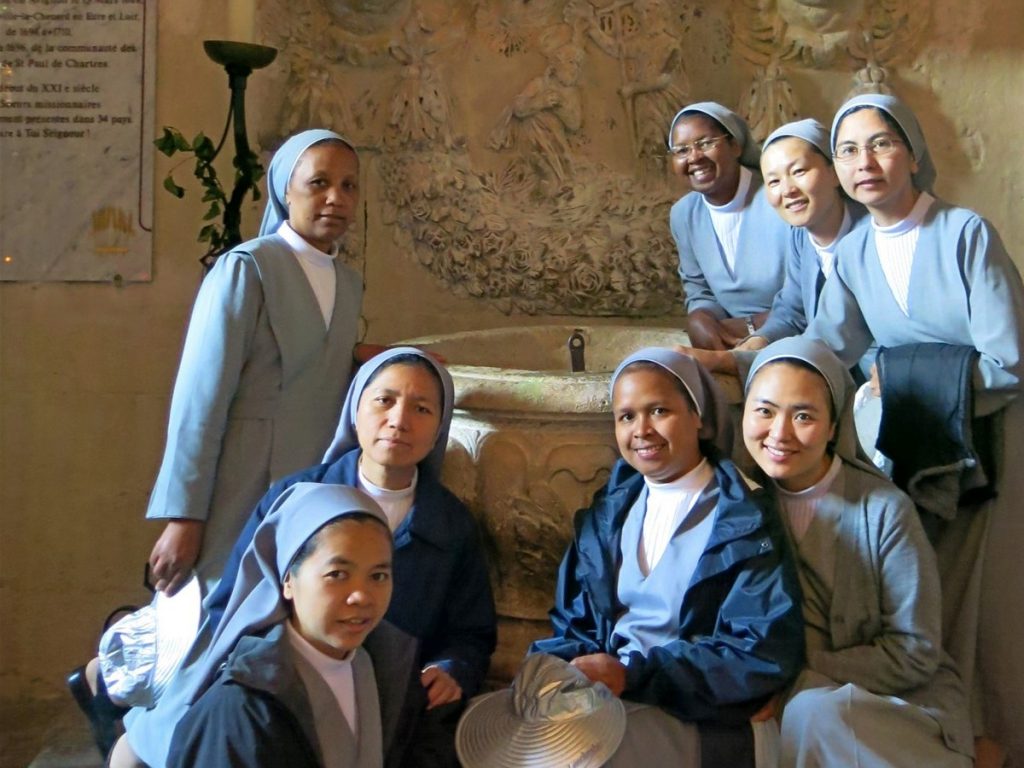
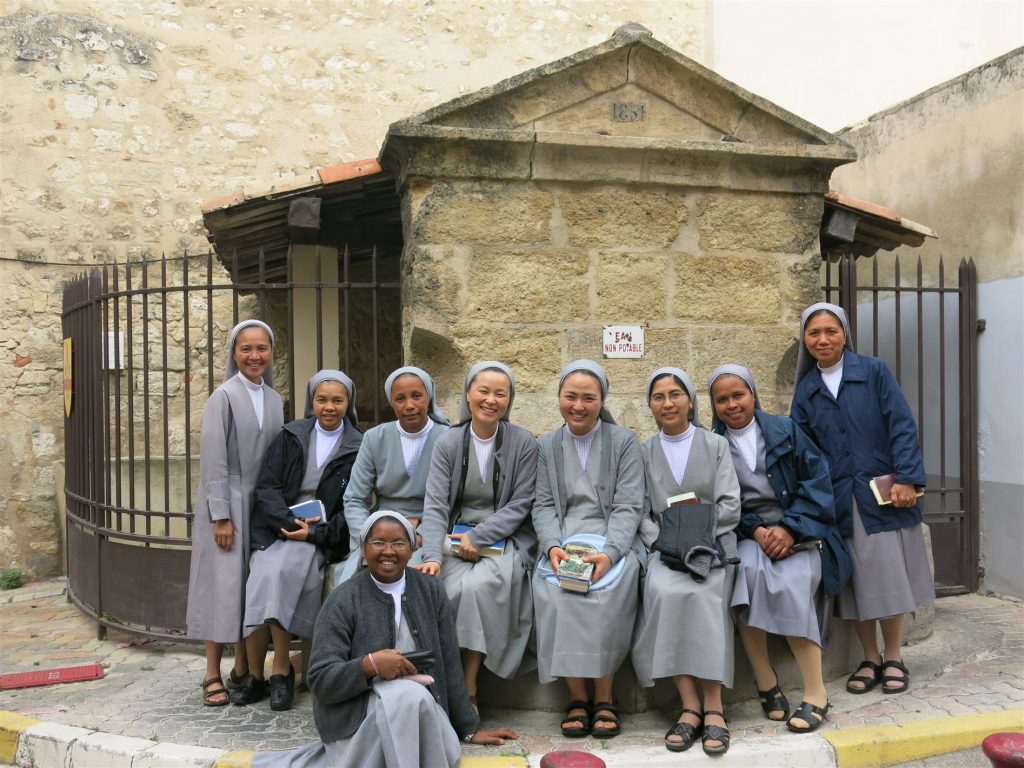
BIRTH AND BAPTISM
Father Louis Chauvet hails from Pertuis, an ancient town in the South of France whose history can be traced back to the 10th century. It is situated in the region of Provence known for its fertile valleys and verdant hills delightfully decked with breathtaking views of its vineyards, orchards and lavender fields.
He was born on February 16, 1664, the third child of Noé Chauvet, a rich merchant, and Marguerite de Laforest. On February 17, 1664 the day after his birth, he was baptized in the church of St. Nicholas, the parish church in Pertuis.
THE SACRED CALLING TO THE PRIESTHOOD
The young Louis Chauvet must have sensed his vocation early in life. An existing document dated November 19, 1685, shows the signature of Noé Chauvet to attest that his son Louis has made the decision to become a priest.
Three years later, on March 3, 1688, at the age of 24, Louis Chauvet was ordained priest in the Chapel of the Palace of the Popes in Avignon, France.
Later on, he pursued studies to become Doctor in Theology as attested by documents belonging to the family.
After his ordination, he served as vicar, in a parish in Cergy a suburb of Paris from 1690 to 1692 . From 1692 to 1694, he served in the parish of Champrond-en-Gatine, diocese of Chartres where church records show that he signed the documents as the parish vicar.
MISSIONARY PASTOR IN LEVESVILLE-LA-CHENARD
Sometime in June of 1694, Father Louis Chauvet arrived in Levesville-la-Chenard, having been appointed as the new parish priest. Levesville is a tiny village about 38 kilometers from the city of Chartres. As Levesville’s parish priest, he became pastor as well to the neighboring hamlets of Abonville and Ensonville. For the next 16 years, Father Louis Chauvet dedicated himself to improve the human and spiritual conditions of his parishioners. He was a spiritual Father to every one – the poor, the rich, the widow, the children, the peasants, the artisans, the local nobility. He welcomed them in his rectory, instructed many, administered the sacraments , visited them when they were sick, rejoiced with them at weddings and baptisms and accompanied them in their last hour.
Thus the drab and ordinary took on a touch of newness with fine quality…given the fresh perspective of the 30 year old priest from Provence.
One thing that was true in the late 17th century is still true today that when one gradually discovers the many, previously unnoticed aspects of the person of Father Chauvet, one sees how the light of his attachment to beauty shines through. It is revealed in the transformations that he brought about in Levesville.
Father Louis Chauvet had that distinctive gift of bringing forth transformation. It was not simply in the purely structural aspect of the rectory which to this day boasts of a sundial with the inscription “Ultima latet”(the final hour is unknown). His presence and his ministry also brought changes to the life of the parish as a community. His dedication and zeal in his ministry worked in the manner of the proverbial leaven that transformed the ordinary dough.
Much of that transformation was due to the project that he quietly cherished deep in his heart when he begun to identify what was at the root of the sufferings of the poor in the Region of Beauce. Besides the fact that rural areas were generally neglected by government services, they were likewise often the last in getting the care and attention of the Religious Congregations who were mostly established in the cities.
THE FOUNDER’S CHARISM
When Father Chauvet arrived in Beauce, no organized help was there for victims of plagues and epidemics, nor for the widows and the elderly who were abandoned. The ignorance of God, the absence of opportunity for education among the underprivileged resulted in an oppressive situation that was appalling.
The seed of a Religious project took root in his heart and mind. Although he has never spoken publicly about opening a school in Levesville, a specific recorded official act points out the exact date when Fr. Louis Chauvet made a move towards the realization of this project. Henceforth, the foundation of a Teaching Religious community had ceased to be simply a dream. The recorded official act says: “on April 28 1695, the parish priest of Levesville rented out land for the support of a school mistress. “
Soon, under the skeptical view of some opposing souls, Louis Chauvet, the young pastor of Levesville-la-Chenard found means and help to bring about the transformation of an obscure farming village into a basic gospel community.
How did he help in the transformation of a Marie-Anne de Tilly from being the dutiful, silently suffering elder daughter of a landed, penniless country nobility to become the teacher- formator of his first recruits? And later on, how did he guide the same fearful, and loving daughter who would brave the threats of her stepmother to live in community with peasant girls and become the second Superior?
Where did he get the daring and the certainty that the young Marie –Micheau- who has never known the existence of a school in all her 17 years- would be transformed into a good learner and be the first School Mistress and Superior of the Daughters of the School in1700?
And who would think that the shy and silent Barbe Foucault, formerly a domestic employee in a rich Farmhouse, would transform her shyness into a tranquil daring to become successively a hospital nurse, a Superior and 7 years after Fr. Chauvet’s death, in 1717, as the First elected Superior General of the Congregation?
Obviously, in the above cases, Marie-Anne, Marie and Barbe, the first Daughters of the School, the transformation came from the heart; it came from a deep faith strengthened by trials and patience in suffering – the paschal way. They were formed in the school of Fr. Louis Chauvet.
Their formation and transformation into Christ’s disciples led to the Foundation of the Congregation of the Sisters of St Paul in 1696 and the opening of the First School in 1700 in Levesville and from there to the world.
These were the tiny grains of wheat that fell into the ground and died in order to yield a rich harvest.
They died young but ripe for eternity:1702- Mother Marie Micheau 19 ; 1703-Mother Marie-Anne de Tilly, 38 ; 1726 – Mother Barbe Foucault, 45.
Father Louis Chauvet, Founder of the Congregation of the Sisters of St Paul of Chartres died on June 21, 1710. He was buried in the Church of Levesville on June 22, 1710. In 1843, when Mother Maria Rouyrre was the Superior General, the remains of Fr Chauvet was transferred to the chapel of the Mother House in Chartres.
SPC ROME 2010
If you pour yourself out for the hungry,
And satisfy the desire of the afflicted,
Then shall your light shine in the darkness…
You shall be like a watered garden,
Like a spring of water whose waters fail not.
Isaiah 58: 10-11
SOURCE: FATHER LOUIS CHAUVET, FOUNDER OF THE SISTERS OF ST. PAUL OF CHARTRES, 1710-2010
